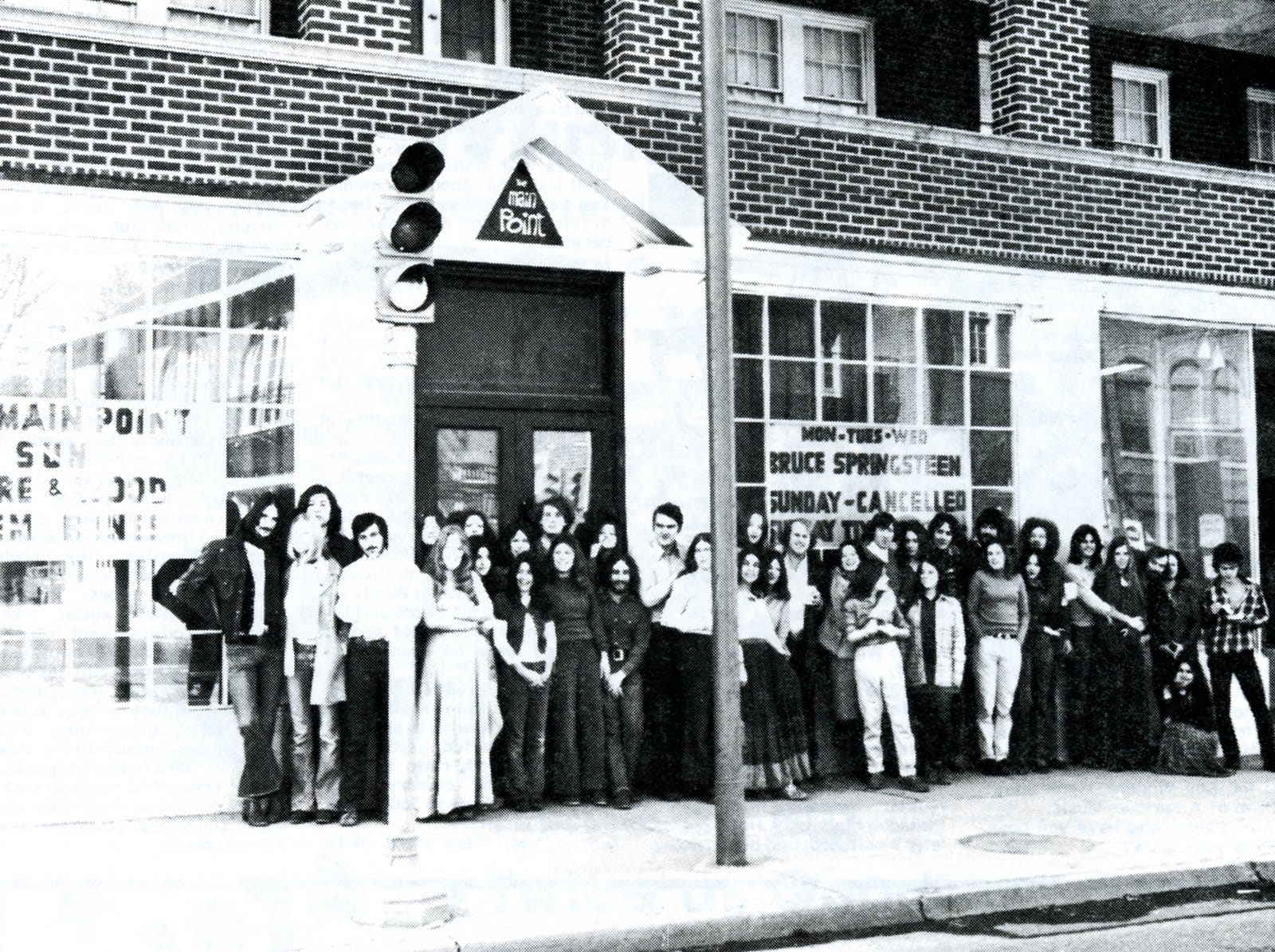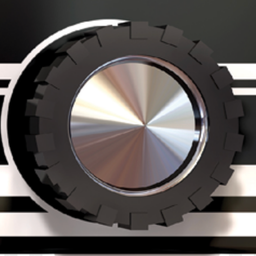Three Minute Record: Bob Dylan, "I Want You"
"It was real, real as hell."

Welcome to Three Minute Record, the edition of this newsletter where we dive into Bruce Springsteen’s best cover versions. You can read more about the purpose of this exercise here and see other volumes here.
In this edition, we discuss Bob Dylan's "I Want You."
“I Want You” is the song that opens side two of Bob Dylan’s seventh album, Blonde on Blonde. According to historian Clinton Heylin, it was the last song recorded for these sessions, tracked at between three a.m. and seven a.m. on the final day in Nashville’s Studio A with the help of the “Nashville Cats,” a locally renown group of young studio musicians. Musically bright but lyrically elusive, in some ways the song feels counter to the environment one imagines in that hour of the morning: the stress of trying to finish one more song before heading back out on the road, the late night exhaustion, nerves on edge.
Maybe that's what fueled the track. On the surface at least there's a disconnect between the sharp imagery of the verses that's delivered in a straightforward, descriptive fashion, while on the verses you feel the yearning and the loss and the borderline despair. It’s a lament, a love song, a treasure map, a cypher; within the verses you allegedly – according to the Dylanologists – might find Brian Jones or Nico. There’s been a lot of words rightly written about Blonde on Blonde but not as many specifically around this song, at least in service in attempting to find some clues as to what specifically caught Bruce Springsteen’s attention and made him want to attempt his own interpretation at the end of 1974.
Dylan didn't perform "I Want You" live until 1975, despite it being released as a single and going to #20 on the Billboard Hot 100. “I Want You” was a hit, and it was certainly a song that people would have wanted to hear. But clearly at the time, it wasn’t a song Dylan wanted to sing. I think it was a hit because of the poppy, almost cheery melody of the verses and the words in the chorus -- hey! it's a love song! -- but as history has shown us time and time again, people (at least the people that put songs in the top 20) do not listen to the lyrics. When Dylan did finally play it, he'd refashion it, maybe because of that disconnect between the verses and the chorus, or for any number of other reasons we'll never know.
“People were concerned about what was happening with you and the band, and I can tell them that everything is working out fine, including your new violin player.”
“Yeah, that’s Suki, the guy that does the engineering on our albums, Louis, that’s his wife...she sings all the background on ‘Sandy’ from the Wild & the Innocent album, and she’s been playing with us for a couple, for 2-3 weeks and it’s really sounding nice.”
Ed Sciaky and Bruce Springsteen on WMMR, November 3, 1974
Most Springsteen (and Dylan) fans are acquainted with Bruce’s cover of “I Want You” because of its performance at the Main Point on February 5, which (as previously discussed) was broadcast on WMMR and thus made its way out into the wider world for anyone to hear it. But despite that phenomenal interpretation, “I Want You” had a very short shelf life on E Street, which directly maps to violinist Suki Lahav’s tenure in the live show, which began at Avery Fisher Hall on October 4, 1974 and ended on March 9, 1975 at Constitution Hall in Washington, DC.
The earliest circulating tape we have of “I Want You” is from November 29, 1974, at a show at the War Memorial in Trenton; that’s more or less the earliest documented appearance of the song (see the sidebar at the end of this piece for some potentially annoying archivist inside baseball on this subject), except that in that November 3 interview on WMMR, while discussing the previous night’s show at the Tower Theater, Bruce and Ed specifically mention that “I Want You” was performed. (Sadly, they do not discuss the song or its performance at any length beyond a passing mention.)
As I wrote in the essay about the February 5, 1975 show at the Main Point:
“The song without her violin would be beautiful but not exceptional. Bruce orchestrates a version of the song with piano and melodica and violin that wouldn’t have been out of place a year and a half later on Dylan’s Rolling Thunder tour, but the instrumentation, with the mix of both Danny Federici and Roy Bittan and their wildly disparate approaches, is probably closer to something the Band could have managed to manifest.”
Bruce completely takes the song apart and brings it to the Asbury Park boardwalk. The keyboards and the melodica sound like a carnival, but not the wholesome middle-of-the-day, kids-and-families carnival, but rather the darker side around the edges. Suki's violin maintains both that noir and adds an absolutely exquisite tension. I don't know that I buy the story that the two were having an affair (more on this in a bit) but when you listen to it I understand why people might think they were.
But the main difference between the original and the Springsteen version is that Bruce brings the obsession that's front and center in the choruses and weaves it into the emotional and lyrical delivery of the verses as well. Once you're on his ride, it doesn't stop spinning. It’s a magnificent performance, an absolutely phenomenal interpretation and definitely Bruce’s best Dylan cover.







